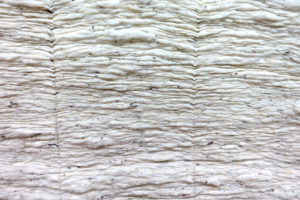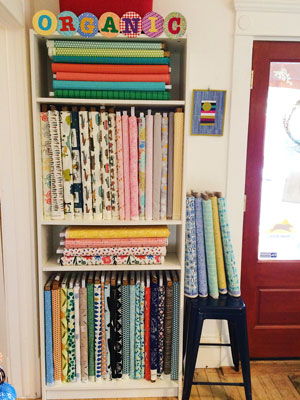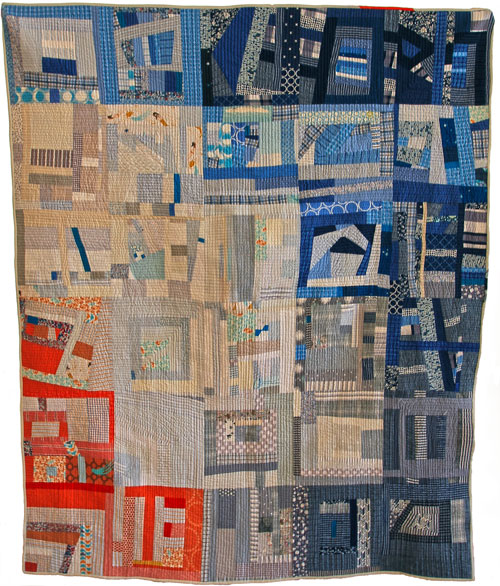Sustainable Batting Alternatives
Sustainable Batting Alternatives
You might consider where your fabric comes from, but you probably don’t think as much about the sustainability of your batting. Cotton is a common batting material, but there are plenty of more sustainable options.

By Shelly Sommer
BAMBOO
Bamboo requires much less water and pesticide than cotton, making it a more sustainable batting choice. It has buttery soft drape and doesn’t crease like cotton. This my personal favorite.
NATURAL FIBER BLENDS
Quilter’s Dream Orient is a blend of bamboo, cotton, peace silk, and Tencel. Shrinkage 3%. Feels a lot like cotton to work with, though it seems to crease a little less.
WOOL
Great drape, strong, relatively heavy, and warm warm warm.
RECYCLED POLYESTER
Quilter’s Dream Green Dream is made from recycled plastic bottles. It has a pale green color that might show through quilts that use thin white fabric, but is otherwise a great option if you want a lightweight, washable batting with very little shrinkage (<1%).




